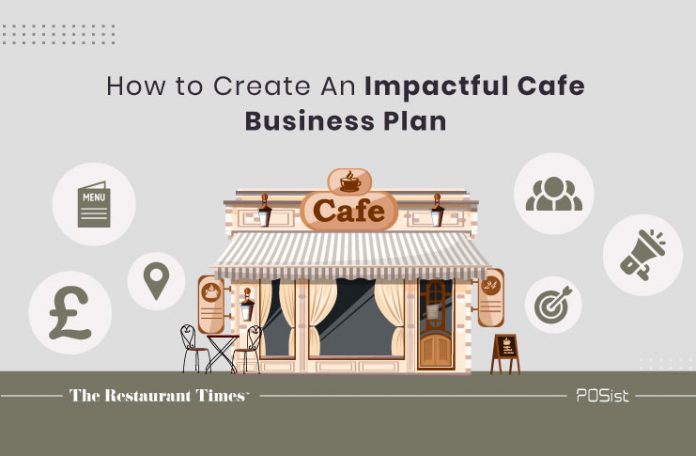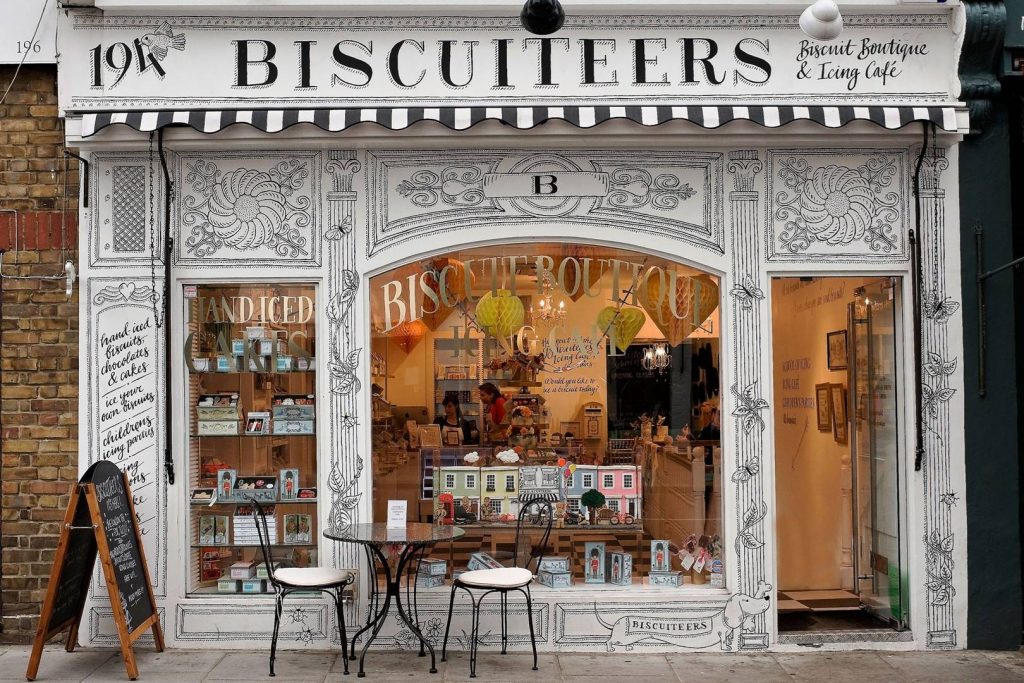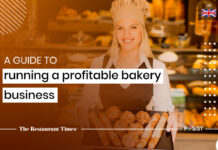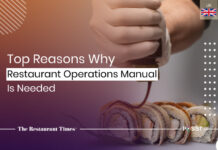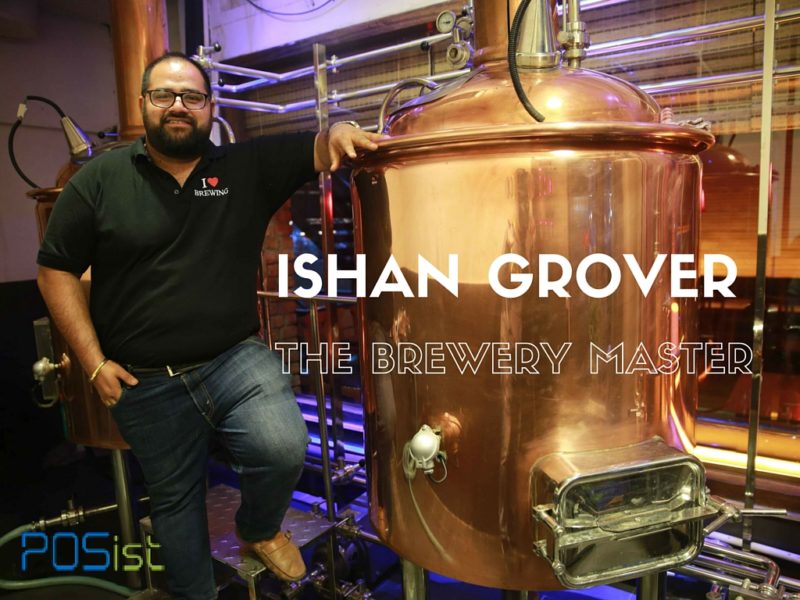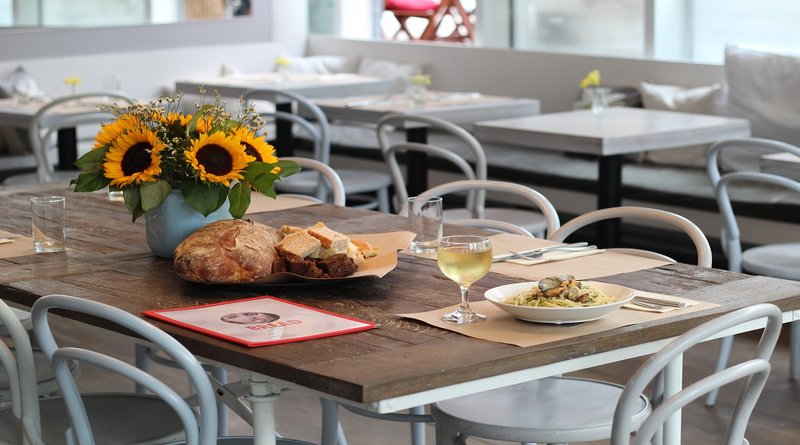With lockdown restrictions easing and restaurant business slowly picking up the pace in the UK market, it is an excellent time to revisit your restaurant’s business plans. Cafe businesses can return to profitability provided they have a viable strategy and business plan in place. However, you must have certain things in place to ensure that happens. A business plan can act as a roadmap for the future development of your cafe. This article discusses how you can write an impactful business plan for your cafe in the UK.
How To Write A Business Plan For Your Cafe In The UK
Mentioned below are recommendations on how you can create a cafe business plan for your restaurant in the UK.
1. Business Overview
The first step in creating a business plan is to create a business overview. This involves a detailed analysis of why you plan to open a cafe, the expected ROI, targeted clientele, etc. This overview should particularly comprise of:
- Sample Menu: Create a sample menu for your cafe. While doing this, conduct market research, see what is working best in the market, and incorporate these trends into your menu.
- Cafe Layout/ Design: The layout or the design of the cafe has a significant impact on customer satisfaction and efficiency of operations.
- Management Team: This should include the list of stakeholders involved in the management of your cafe such as owner, manager, Head Chef, etc.
2. Industry Research
This involves collecting comprehensive data about cafes operating in the surrounding area, the average footfall, break-even point, and other valuable insights which will help you run your own cafe seamlessly. These are the main things to look for while doing industry analysis:
- Location Analysis: Analyze and list potential locations based on your target audience. Most cafes work better in areas with high footfall such as shopping complexes or malls. The location must be easily accessible and reasonably close to your vendors and suppliers.
- Targeted Audience Analysis: Analyze the demographics or customer groups you are planning to focus on. This type of analysis will include observing, documenting, and reporting your target audience’s spending habits and consumption behavior.
- Competition Analysis: Identify your competitors and include them in your cafe business plan. The analysis must include:
- Market segment catered to by the competitors
- Most popular dishes offered by competitors
- Promotion/marketing strategies
- Strengths and weaknesses
- Growth rate of the competitors
3. SWOT Analysis
SWOT refers to the Strengths, Weaknesses, Opportunities, and Threats. Your cafe business plan must include a careful analysis of the various factors- regulatory and market-related changes – that might impact the running of your cafe. Conducting a SWOT analysis will ensure that you are better prepared to deal with risks. It will also give offer a deeper insight into the business and allow you to better prepare for unforeseen events that may hamper your cafe.
- Strengths: Include the USPs of your cafe. For example, you can include any new food innovation that you are planning to include in your cafe. This part of your business plan should include all the things that will keep you ahead of competitors in the market.
- Weaknesses: Acknowledging your shortcomings is the first step to growing your cafe. At the same time, studying the weakness of your cafe idea will enable you to come up with realistic alternatives.
- Opportunities: These are external factors that can positively impact your business. Identifying demand potential is the first step to identifying areas for growth and expansion. At a time when competition is high, always try and bring in innovations that will compel visitors to choose your cafe over the others.
- Threats: These are external factors that can impact your business negatively. For example, pandemic-related lockdowns, regulatory changes, tax obligations, etc. Once you have identified the risks, you will be able to plan for contingencies and protect your business.
Source: Conde Nast Traveller
4. Operations Plan
A good operations plan is vital for the success of your cafe. This must include all the elements that will enable you to run your cafe seamlessly on a daily basis. These would include:
- Hiring The Right Staff: This is an integral part of running your cafe. A comprehensive hiring strategy should cover all possible areas where you can source the right employees, including recruiters, employee referrals, advertising through newspapers, job portals, or various social media platforms.
- Training The Employees: Once you have the right employees, the main task is to train them. Create Standard Operating Procedures (SOPs) and a training manual for your staff to follow. Training must also consist of crisis and disaster management techniques.
5. Financial Analysis
Financial planning is one of the most vital components of any business. Your financial analysis must consist of the following:
(i) Cash Flow Statement
A cash flow statement depicts how changes in the balance sheet, accounts, and income affect liquidity and provides an overview of operating expenses. In simpler terms, it includes the various channels through which the cash flows into your restaurant and how it goes out. Having control over cash flow is essential, and you must invest considerable time in it. It should also include the details of the promoters and investors who have invested in your cafe including ownership details and profit-sharing ratios.
(ii) Expense Sheet
This sheet includes all the expenses that are expected to be incurred in the running of the cafe. A detailed expense sheet makes it easier for you to manage your operating budget and spend wisely.
- Fixed Costs: Fixed costs must be calculated and included in your cafe business plan. This includes expenses that do not change substantially over a period of time. eg: loan payments, mortgage.
- Recurring Costs: These are expenses that are repetitive and change over a period of time. These include rent, salaries, cost of raw materials, electricity, etc. Create a list of estimated expenses and include them in your cafe business plan. This will help you to set realistic goals and avoid overspending.
- Revenue Projection: Once you have determined the expected daily footfall, you can calculate the average sales you can expect per customer, depending on factors like menu price. Then, you can calculate the estimated revenue potential by multiplying the expected footfall with the expected sales per customer is likely to generate.
You can analyze the total expenses and revenue projection to calculate your gross profit. This will help you to reach the break-even point faster.
6. Marketing Plan
A cafe may not garner a profit unless you market it well. That is why you need to create a dedicated budget for marketing. This should be included in the cafe business plan, to show a detailed record of how you plan to go about marketing your cafe. Include both online and offline marketing strategies that will help bolster your overall profit.
(i) Online Marketing
The reach of online marketing is enormous. Include organic as well as paid online marketing strategies in your cafe’s business plan. For example, creating a website, building an online ordering app/portal, and enabling social media integration for both.
In addition to this, invest in content marketing. Here you can share articles on the various trends in the industry or your own cafe. For the blog, you can either hire an in-house team or outsource to a professional digital marketing agency.
Email and SMS marketing is another exciting way to deliver content right into your customers’ inbox and further increase customer engagement. You can also run Loyalty Programs to retain your loyal customer base.
(ii) Offline Marketing
Though this is one of the traditional ways of marketing, it is still relevant in today’s scenario. This can be done by engaging with celebrities for endorsements, hosting food tasting and cooking events, advertising through signages and hoardings, distributing pamphlets, etc.
Implement these strategies to create an effective cafe business plan for your restaurant in the UK and increase your sales.


